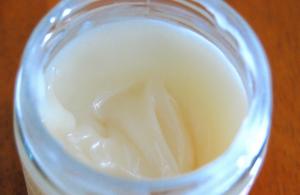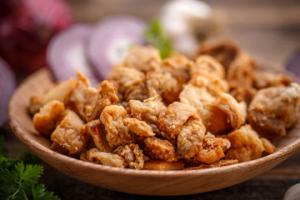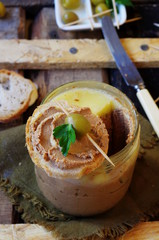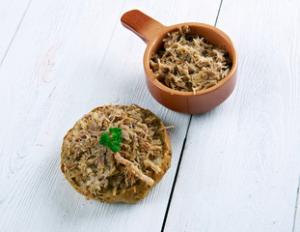Duck parts are a great investment

Not a single smidgen of the bird will be left behind. All duck parts do their own magic! Not just the familiar parts used in classic dishes found on the menu of good restaurants, such as Duck a l’Orange, Duck Confit, seared Duck Breast.
We rarely bother with duck
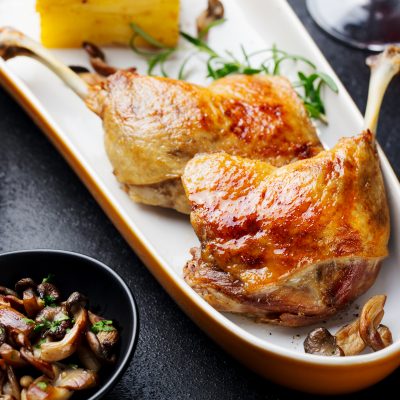
That’s because it seems to be the problem child of the otherwise adaptable, economical and resilient Great Poultry Family. We are daunted for good reason: it is expensive, and seems to be literally swathed in a thick layer of fat. Duck skin is about a third of an inch thick, and is all solid fat. And then a whole bird seems able to feed two guests, three at the most.
But duck being so delicious, I propose tackling it and all its parts right in your kitchen! You’ll get to look like a pro.
Get the most bang for your duck parts
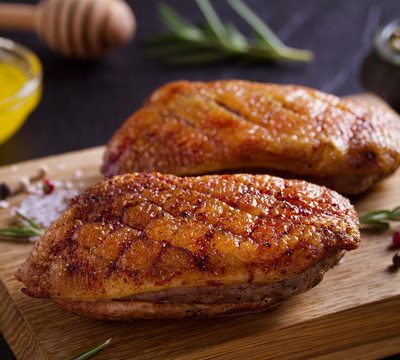
You will thank me for this primer! It is not so much recipes I would like to share here. Rather, I want to talk about how to make the most of all your duck parts. We’re not allowing anything whatsoever to go to waste. We’re using every single part for what it is best suited. If you do learn to use all duck parts, duck will actually appear cost effective.
Is all you want to do is make a seared duck breast or duck confit? Then you could just buy the parts you need to make the specific dish you have in mind. This is not what I want to discuss here. I want to talk duck in all shapes and forms. Any of you old timers waxing nostalgic about the duck we served at Levana Restaurant? Here is my own adaptation: Duck Breast with Citrus Maple Sauce.
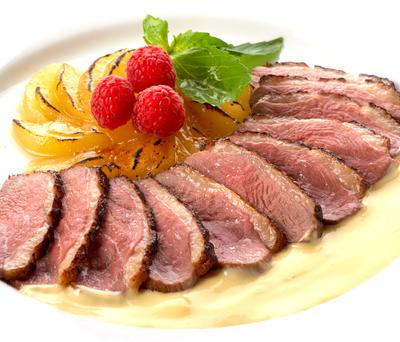
Shopping for duck
Two of my favorite sources: Both expensive. (Remember, this ain’t turkey or chicken!) Both luxurious. Both worth it.
- Grow and Behold Unbelievable quality, exemplary packaging
- Heritage Kosher. Check out their amazing Foie Gras and other luxurious duck items as well!
So here is what I do when I buy a whole duck:
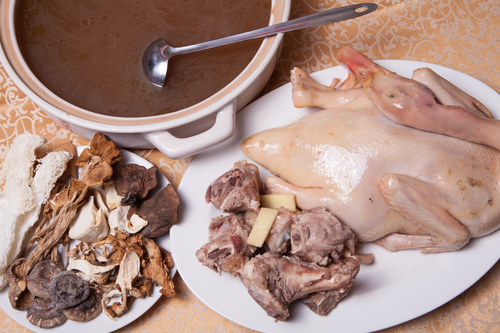
I will first describe every step, then list all the uses for all the components at the end.
Roast the duck:
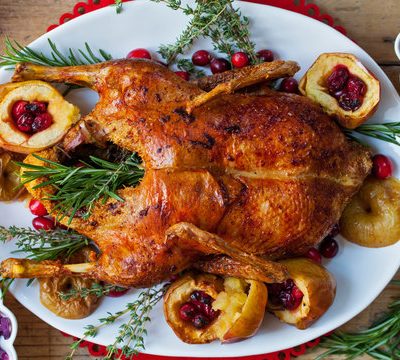
This is not strictly speaking a recipe, just a basic method from which you can make your favorite duck recipes. Score the whole duck with a knife, in a crosshatch pattern. Make sure to cut through the whole skin so as to let every drop of fat escape during the cooking. Just making sure it is clear to you: score means, cutting only through the skin, not through the flesh!
Real Pan, Please!
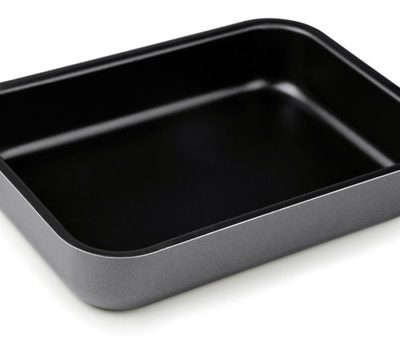
There is simply no comparison between baking in a real pan and roasting in a disposable pan. Mind you, I’m not even going into the hazards of cooking in foil pans. It’s one thing to use foil pans to reheat fully cooked food using real pans (acceptable). It’s quite another to cook the food from A to Z, especially on a daily basis (unconscionable)
Breast Side Down
Place the duck breast side down. This is the secret of a moist bird breast. We turn it upon only towards the end of cooking. If you would like, add some dry white wine and sliced onions to the pot. No added salt whatsoever in kosher duck or any other kosher poultry and meat. Roast the duck about 1 3/4 hours at 375*F: 1 1/4 hours breast side down, then last 1/2 hour breast side up.
Duck Fat. Lots of it!
My secret first motive for buying a duck is – I can hear you gasp – to collect the duck fat. Yes, duck fat. Then I see to all other duck goodies.
Sometimes I find as much as three cups of pure duck fat in the roasting pan at the end of roasting. Store this fat into a glass jar. You will be amazed all the wonderful stuff you can use duck fat on: An omelet, chopped liver, mashed potatoes, rice dishes, to name just a few.
Cracklings
Once the duck is roasted and the fat safely stored, peel off ALL the skin, cut it up small and render it in a skillet until the pieces get very crisp: That’s Duck Cracklings. Transfer them to a glass jar as well. Use them to top salads, rice and puree vegetable dishes and omelets.
Livers!
That’s chopped duck liver or duck liver pate waiting to happen; when I have a few duck livers in my freezer, or I can simply combine it with chicken livers to make a richer chopped liver or liver pate.
For a perfectly smooth duck liver mousse, I throw everything in a food processor: Broiled livers, naturally smoked turkey breast, shallots, thyme, ground pepper or green peppercorns, duck fat, good splash canned coconut milk, good splash brandy. Process until perfectly smooth. The mixture will firm up to a spreadable consistency.
Your duck liver mousse will rival the very best brands out there!
Rillettes!
Rillettes de Canard are a rustic and luxurious French shredded duck specialty.Expensive!
You say pulled beef, pulled brisket, pulled this and pulled that; good Frenchie that I am, I just say Rillettes! Take every single piece of the flesh from the roasted duck, leaving nothing behind, and shred it very small in a bowl, by hand or in a food processor, using the grinding blade and pulsing, making sure you preserve the shredded look. Add about 1/4 cup good brandy or bourbon, a good few grinds of black pepper, 2-3 good pinches of nutmeg, minced fresh thyme, and 1/4 cup of the duck fat. Mix thoroughly, and pack this mixture in an attractive glass or ceramic crock.
Wow! Congratulations! You got yourself a fabulous crock (about 2 1/2 cups) of the best Duck Rillettes.
Now we are left with a whole carcasse.
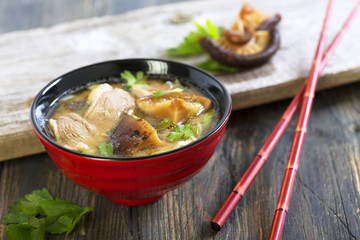
Cut it up to fit a ziplock bag in the freezer, it will become my first building block for Duck Soup, or just to add to the chicken soup ingredients, making it more luxurious. The Marx Brothers really were onto something: I just threw in the great movie classic Duck Soup; I said all duck parts, didn’t I?
I love to throw noodles, diced duck and shiitake in my broth, much like Pho
Recapping: How to use all the duck parts:
Now that you have all these exciting duck parts at your reach, in your refrigerator, you can be creative and jazz up many dishes at the drop of a hat and turn them into luxurious treats.
- Breasts: Score the breast skin in a crisscross pattern. Start with a cold skillet. Set the skillet temperature at medium. Cook the breast pretty much the way you would a steak: 3-4 minutes on each side for medium rare, starting with the skin side down. Save the released fat, for other uses. Slice and serve with your favorite sauce. Scoll down for my Raw Agrodolce Sauce
- Bottoms: Score skin all over, sear skin side down,save the fat, then roast at 350*F for about 1 1/2 hours
- Liver: As mentioned above, freeze until you have 6-8 duck livers, and make a duck liver pate, or just combine with chicken livers to make a luxurious chopped liver or pate de campagne, or smooth duck mousse above
- Fat is intensely flavored, a little goes a long way and will do wonders on mashed potatoes or other vegetable purees, in omelets, in pasta, in risotto, used to fry onions for chopped liver, in a soup, or just smeared on a piece of toast.
- Cracklings: Scatter on a salad, a pasta or rice dish, vegetable puree, or as a garnish for a soup.
- Rillettes: Above. Serve with good crackers or toast points, with tiny gherkins and cocktail onions.
- Bones: For duck soup as described above.
Agrodolce Sauce
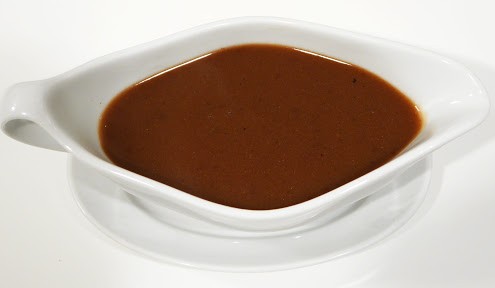
Agrodolce is Italian for sweet and sour. My favorite accompaniment to duck breast. Mine is uncooked and blended smooth, and comes together in minutes. It is easily made meatless, to accommodate other, meatless, dishes. It is delightfully versatile too. We used to enjoy it immensely at Levana Restaurant over duck or sea bass.
Soak 1/2 cup dark raisins or diced dried figs in 1/2 cup hot water or cooking liquid or broth, to plump them up. Transfer the mixture to a blender with: 3 sheets crumbled toasted nori sheets, 1/4 cup good quality port wine, 1/4 cup capers, 1/4 cup wine or balsamic vinegar, 3 tablespoons dark miso paste, 2 tablespoons ketchup, 1 large shallot, 1/4 cup honey, 1/3 cup good olive oil, generous pinches ground pepper. Blend until perfectly smooth. You will end up with a good 2 1/2 cups agrodolce sauce.

